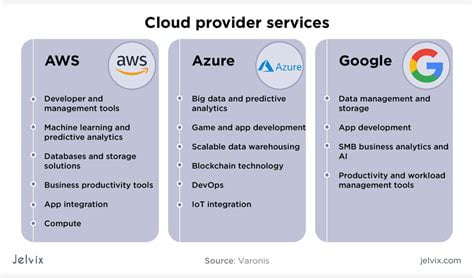Data structures big O notation is a crucial concept in computer science that helps you understand how efficient a particular algorithm or data structure is. The big O notation is used to express the time complexity of an algorithm, and it’s essential to understand how it works to optimize your code effectively. In this article, we’ll delve into the details of data structures big O and how it can help you write efficient code.
What is Big O Notation?
Big O notation is a mathematical notation that describes the limiting behavior of a function when the argument tends towards infinity. In computer science, it’s used to describe the time complexity of an algorithm, which is the amount of time taken by an algorithm to complete its execution as a function of the input size. The big O notation is a way of expressing the upper bound of the worst-case scenario of an algorithm.
How Does Big O Notation Work?
The big O notation is used to describe the time complexity of an algorithm by evaluating the number of operations an algorithm performs as a function of the input size. It expresses the upper bound of an algorithm’s time complexity, which means it indicates the maximum amount of time an algorithm will take to execute for a given input size.
Why is Big O Notation Important?
Big O notation is essential in computer science because it helps you understand the efficiency of an algorithm and how it scales with the input size. By analyzing the time complexity of different algorithms, you can choose the best algorithm for a particular problem and optimize your code for efficiency. It’s also a crucial concept in software engineering interviews, as many companies use it to evaluate a candidate’s coding skills.
Types of Big O Notation
There are several types of big O notation, but the most common ones are:
- O(1) – Constant Time
- O(log n) – Logarithmic Time
- O(n) – Linear Time
- O(n log n) – Log-Linear Time
- O(n^2) – Quadratic Time
- O(2^n) – Exponential Time
Big O Notation Examples
Let’s take a look at some examples to help you understand how big O notation works:
- O(1) – Accessing an element in an array
- O(log n) – Binary search
- O(n) – Linear search
- O(n^2) – Bubble sort
- O(2^n) – Traveling Salesman Problem
What is Time Complexity?
Time complexity is the amount of time taken by an algorithm to complete its execution as a function of the input size.
What is Space Complexity?
Space complexity is the amount of memory taken by an algorithm to complete its execution as a function of the input size.
What is the Best Time Complexity?
The best time complexity is O(1), which means the time taken by an algorithm to complete its execution is constant and does not depend on the input size.
What is the Worst Time Complexity?
The worst time complexity is O(2^n), which means the time taken by an algorithm to complete its execution grows exponentially with the input size.
What is the Difference Between Time Complexity and Space Complexity?
Time complexity refers to the amount of time taken by an algorithm to complete its execution, while space complexity refers to the amount of memory taken by an algorithm to complete its execution.
How Do You Calculate Time Complexity?
You can calculate time complexity by analyzing the number of operations an algorithm performs as a function of the input size.
How Do You Optimize Time Complexity?
You can optimize time complexity by choosing the best algorithm for a particular problem and optimizing your code for efficiency.
What is the Purpose of Big O Notation?
The purpose of big O notation is to describe the time complexity of an algorithm and help you understand how efficient it is.
Why is Understanding Big O Notation Important?
Understanding big O notation is important because it helps you choose the best algorithm for a particular problem and optimize your code for efficiency, which is crucial in software development.
Pros
Understanding big O notation can help you write efficient code and optimize your algorithms for performance. It’s also a crucial concept in software engineering interviews, as many companies use it to evaluate a candidate’s coding skills.
Tips
- Choose the best algorithm for a particular problem to optimize your code for efficiency.
- Use big O notation to evaluate the time complexity of your algorithms.
- Optimize your code for efficiency by analyzing the time complexity of your algorithms.
- Practice analyzing the time complexity of different algorithms to improve your coding skills.
Summary
Big O notation is a crucial concept in computer science that helps you understand the efficiency of an algorithm and how it scales with the input size. By analyzing the time complexity of different algorithms, you can choose the best algorithm for a particular problem and optimize your code for efficiency. Understanding big O notation is essential in software development, and it’s also a crucial concept in software engineering interviews.
 Eltupe Technology And Software Updates
Eltupe Technology And Software Updates



